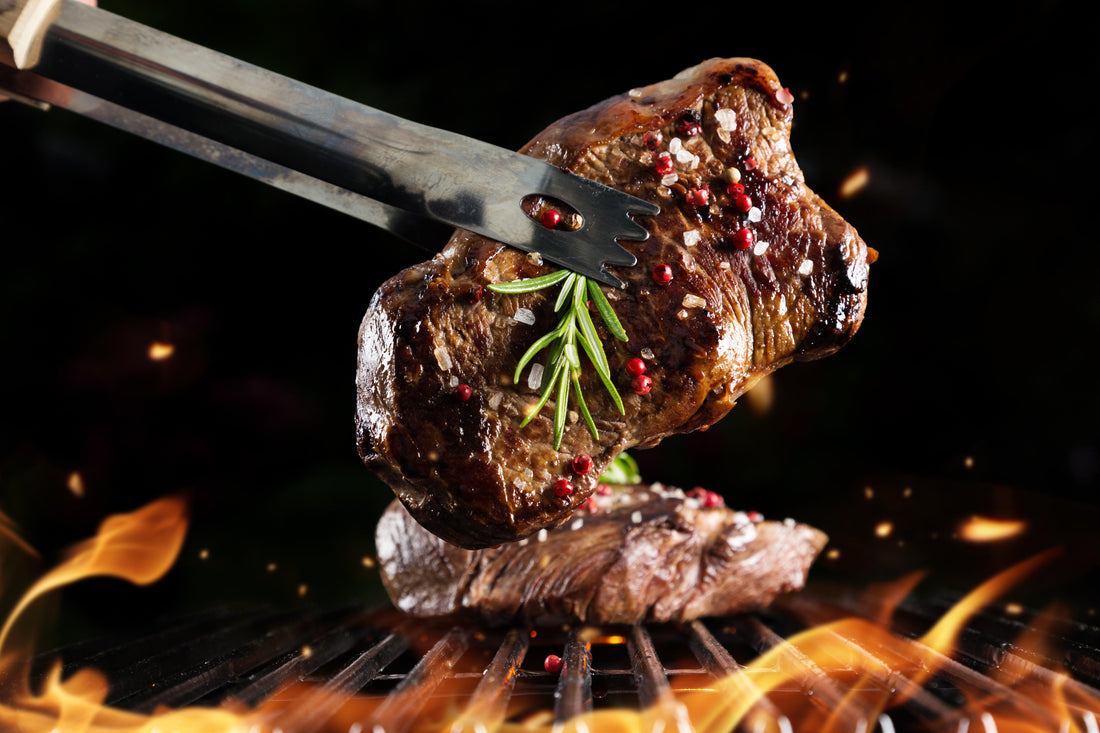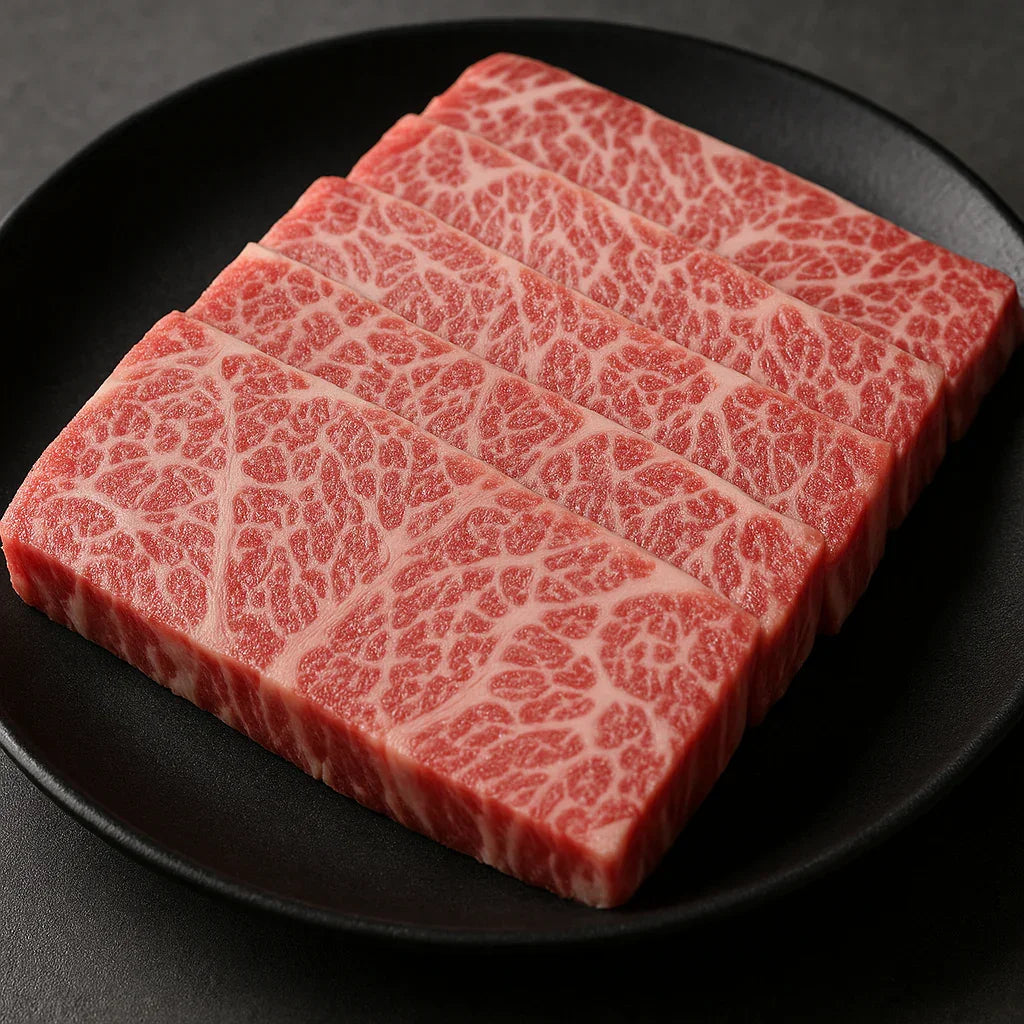
The science of grilling steak: Revealing how the Maillard reaction gives steak its wonderful flavor🍳🔬
Grilling a steak is an art, and the science behind it is equally fascinating. Whenever the steak is fried in the pan until golden and crispy, the alluring aroma and wonderful flavor are actually a chemical stage called "Maillard Reaction". This article will give you an in-depth understanding of the role of the Maillard reaction in the process of frying steak, and how it transforms ordinary meat into a gourmet masterpiece🌟.
What is the Maillard reaction? 🤔
The Maillard reaction was first described in 1912 by French chemist Louis-Camille Maillard. This is a non-enzymatic chemical reaction that occurs between amino acids (the building blocks of proteins) and reducing sugars. When steak is cooked at high temperatures, these chemical components react to produce a series of complex flavor and color changes, which not only make the steak attractive in appearance, but also greatly enhance its flavor.
The role of Maillard reaction in steak cooking🥩
- Color change : The most intuitive effect of the Maillard reaction is to change the color of the steak. The surface of the originally light-colored meat gradually turns into an attractive golden brown after being grilled at high temperatures. This not only enhances the visual appeal, but is also a precursor to delicious food.
- Flavor development : Much of that irresistible aroma produced when searing steak is due to the flavor compounds produced by the Maillard reaction. These compounds include multiple types of aromatic compounds that work together to create unique caramel aromas and complex layers of flavor.
- Taste improvement : Through the Maillard reaction, a slight crispiness is formed on the surface of the steak, which increases the texture contrast of the steak, making the soft and tender meat contrast sharply with the crispy outer layer, improving the eating experience.
How to Maximize the Effect of Maillard Reaction🔥
- Control the heat : High temperature can promote the Maillard reaction, but too high a temperature may cause the outer layer of the steak to be too charred. It is recommended to use medium-high heat and watch the steak to avoid overcooking.
- Choose the right fat : Using a fat that can withstand high temperatures (such as sunflower oil or butter) can provide higher cooking temperatures without burning, helping the Maillard reaction to proceed.
- Don’t turn the steak too early : Give the steak enough time to develop a perfect golden brown coating on each side to ensure maximum flavor.
By understanding the scientific principles of the Maillard reaction in the process of frying steak, you can not only improve your cooking skills, but also give each dish a deeper flavor and enjoyment the next time you cook steak. This is not only a respect for the ingredients, but also a tribute to the art of cooking. Enjoy every cooking journey, and let the fusion of science and food bring an unprecedented table experience! 🍽️🎉

